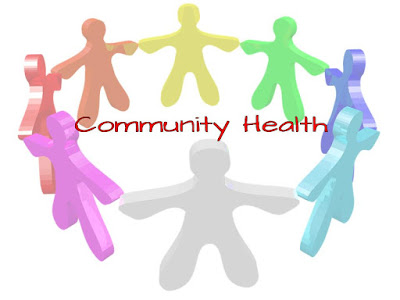Over the past 10 years, I have taught quite a few Health and Physical Education courses and been involved in school athletics, mostly as a coach for various teams. In fact, when I set out on a career path education, one major motivating factor was the opportunity to coach extracurricular sports. For the most part, this was a result of the amazing and self defining experiences I had as a high school athlete. I take a great deal of pride in the ability intraschool sport gives us, as teachers, to connect with students on a completely different level outside the classroom. There is something about building a team, working hard in practice, setting goals, and then competing against other schools that brings people together. I have so many deeply satisfying memories as an athlete and coach that will stay with me for life.
Recently, however, I have come to realize that there is a much bigger picture that goes beyond what we teach in HPE and the coaching we do outside of school hours. For a number of years, I have been struggling with the fact that there is not a great deal of "connectedness" between my school and our community. I also feel that our students' physical literacy skills and overall health has to improve. According to the 2015 Participaction Report Card on Physical Activity for Children and Youth, which you can read here, "only 9% of 5- to 17-year olds get the 60 minutes of heart-pumping activity they need each day" scoring a grade of D-. In addition, the report found that kids are more active when they play outdoors and need to be given the opportunity to take more risks during outdoor play. As physical educators, we have a crucial role in helping to right this sinking ship.
This Make Room for Play video, created by Participaction, always pulls at my heart strings:
At the start of the 2015-2016 school year, I stumbled across a tweet about the OPHEA Healthy Schools Certification, which is in its inaugural year. In a nutshell, the program consists of a 6-step process that results in a gold, silver, or bronze rating. Check out OPHEA's "Healthy Schools, Healthy Communities" video below!
When I saw this, I knew I had found the perfect framework to address what was troubling me about my school community. I began by connecting with the local public health nurse and then expanded my committee to include teachers, an administrator, students, parents, and City parks and recreation coordinators. I am so proud of all the hard work we have done together to determine the needs of our community, address a priority health topic (Physical Activity), construct an Action Plan, and then follow through on a number of engaging initiatives. We have done so well, in fact, that we were recognized by OPHEA in their February Healthy School Feature. Check out the link to read about what we are doing in more detail.
I have to say... of all the extracurricular programs I have been involved in, Healthy Schools has been one of THE MOST ENGAGING AND FULFILLING up to this stage in my career. I wrote that in caps because I really want to stress this point. I truly feel the importance of being involved in Healthy Schools simply because the scope is so much larger than coaching a single high school sports team. Now, in no way do I ever want to discount the value of coaching. I would never consider ceasing to be involved in Secondary School Athletics. However, what my experiences this year have made me realize is that coaching is one of many key elements that make up the bigger picture, which is community health. I just hope that more people, especially Health and Physical Education teachers, begin to see the bigger picture so that we can take greater steps towards improving the health of our future, beginning with our kids.



